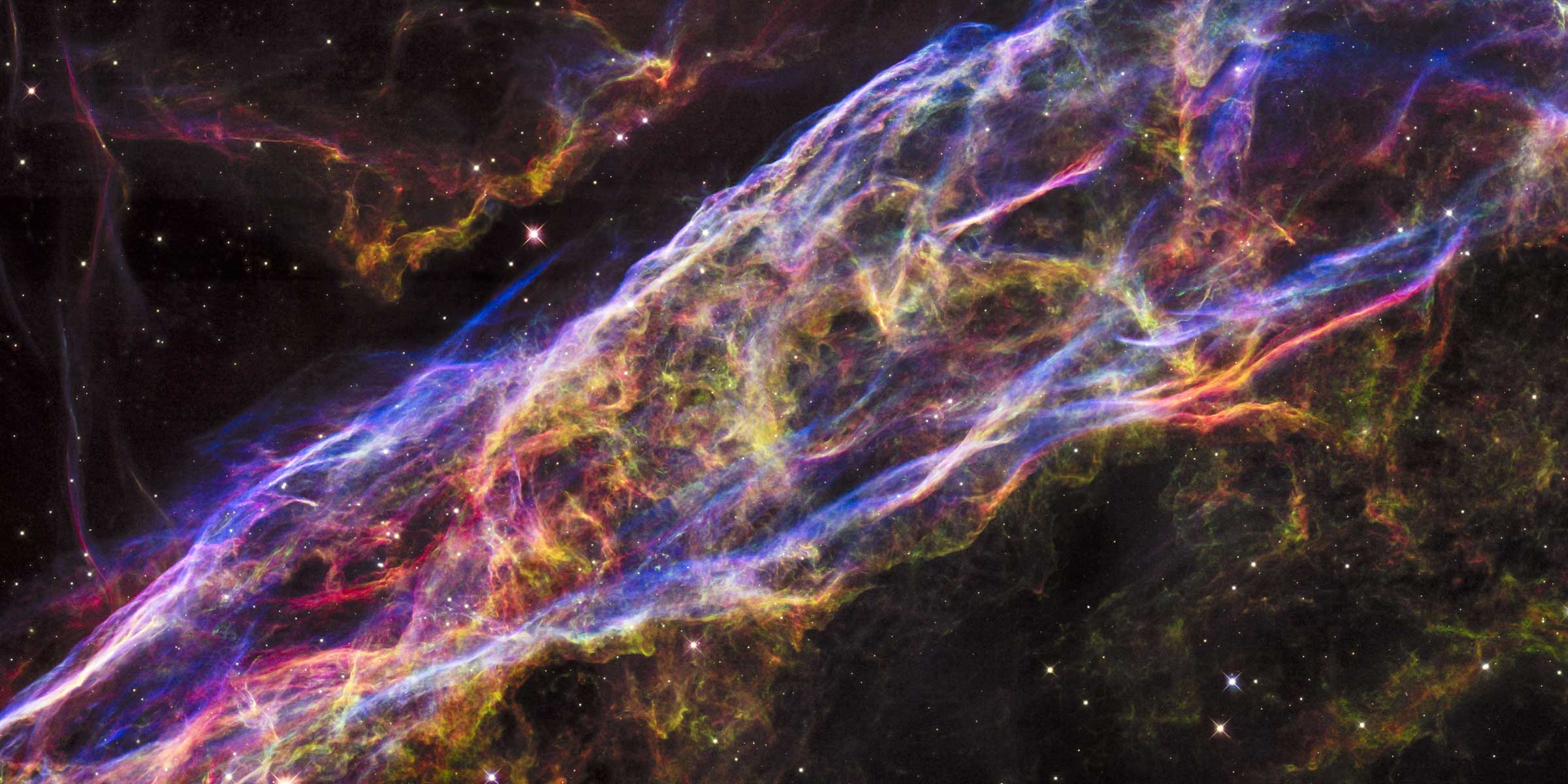Learning about what lies in the vastness of space has been a focal point of human scientific pursuits for many years. Throughout time, we have displayed a unique interest in discovering what is beyond our planet, which is seen through the Hubble Space Telescope in a contemporary sense. The Hubble Space telescope gives humankind a glimpse of our future and what we still have yet to discover. At the same time, it instills us with hope, uncertainty, and a desire to learn more.
History
The Hubble Space Telescope was launched as a “journey of discovery” on April 24, 1990. It is solar-powered and orbits around the Earth at around five miles per second. Over the years, Hubble has made over one million observations that have helped scientists and provided us with many of the popular deep-space pictures we can easily recognise today. More specifically, the pictures from Hubble can tell scientists about galaxies, distant stars, and comets. However, what makes Hubble unique is its position above Earth, which is different from other satellites. Hubble orbits 535 kilometres above the Earth’s atmosphere and has played an essential role in the discovery of dark energy, which is a strange phenomenon that causes the universe to expand faster as time goes on. The Hubble telescope has also assisted in the discovery of black holes.

Instruments on the Hubble Space Telescope
The interesting feature of this program would be the variety of instruments on board the telescope. According to NASA, as the telescope orbits the Earth, the Fine Guidance Sensors program can detect and lock onto a target, which is a usually distant star. Once that occurs, Hubble’s primary mirror collects light that eventually bounces off of it and goes to the secondary mirror. From the secondary mirror, the light is refocused by a hole in the primary mirror. As a result, light reaches its scientific instruments that can then interpret the light in a variety of ways, such as analyzing individual wavelengths. Additionally, the Space Telescope Imaging Spectrograph, which is an instrument that separates light by frequency or wavelength, is used to determine density, motion, temperatures, and chemical aspects. The other popular instruments include the Advanced Camera for Surveys, the Wide Field Camera 3, the Cosmic Origins Spectrograph, and the Near Infrared Camera and Multi-Object Spectrograph. Through the use of these instruments, Hubble has made astounding space achievements. One of the most prominent discoveries was the age of the universe and the rate at which it continues to expand. According to the data collected by this program, the universe is around 13.8 billion years old. Research revelations such as this continue to grow and evolve as the Hubble Space Telescope gathers new information and other NASA programs come into effect.

Black Holes
The Hubble Space Telescope has also profoundly contributed to black hole research. According to NASA, Hubble assisted in finding black holes using The Space Telescope Imaging Spectrograph. Furthermore, Hubble allowed scientists to understand the extensive role supermassive black holes play in the intricate fabric of the universe. A discovery such as this was unbenounced to astronomers before this program came into effect. Additionally, astronomers use Hubble to determine the velocities at which stars and other celestial objects move around a black hole. You can learn more about this specific aspect of the Hubble Space Telescope on their official website and NASA’s main page.
Future Prospects
The future of space pursuit is determined by the passion one has for continued space discovery. But, other social, political, and economic factors also play a role. Around the world, there are many supporters of continued space programs. However, some people share a different vision. A vision where more time and money are contributed to problems that are occurring on Earth. The future of space exploration will never be over as it is in our inherent nature to seek the unknown, and it comes naturally to us. As we look up into the night sky, there will always be questions about the unknown, and there will be people willing to solve them. As for Hubble, the telescope turned thirty years old in 2020, and there have been past missions where astronauts have repaired parts of it. However, the telescope will not get any new future upgrades or repairs. Currently, Hubble continues to work, and NASA has shifted its focus onto the James Webb Space Telescope, which is bound to bring many more scientific discoveries to light.
Featured Image: [1]


